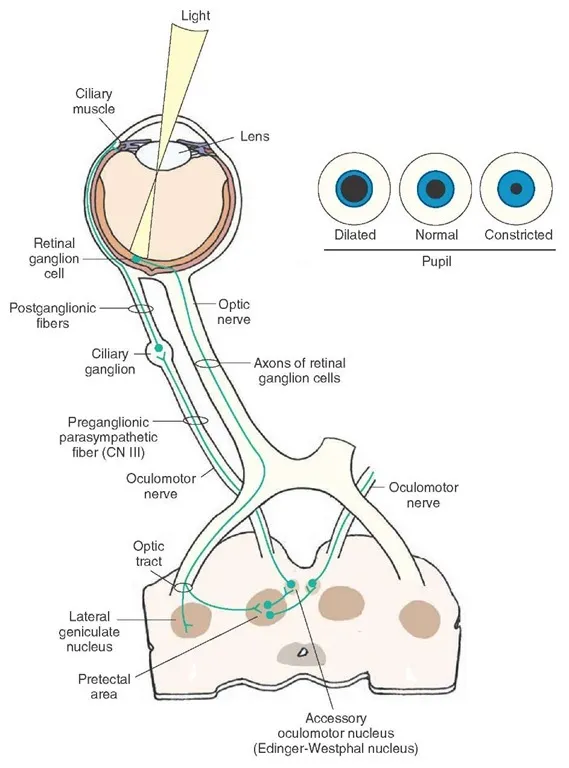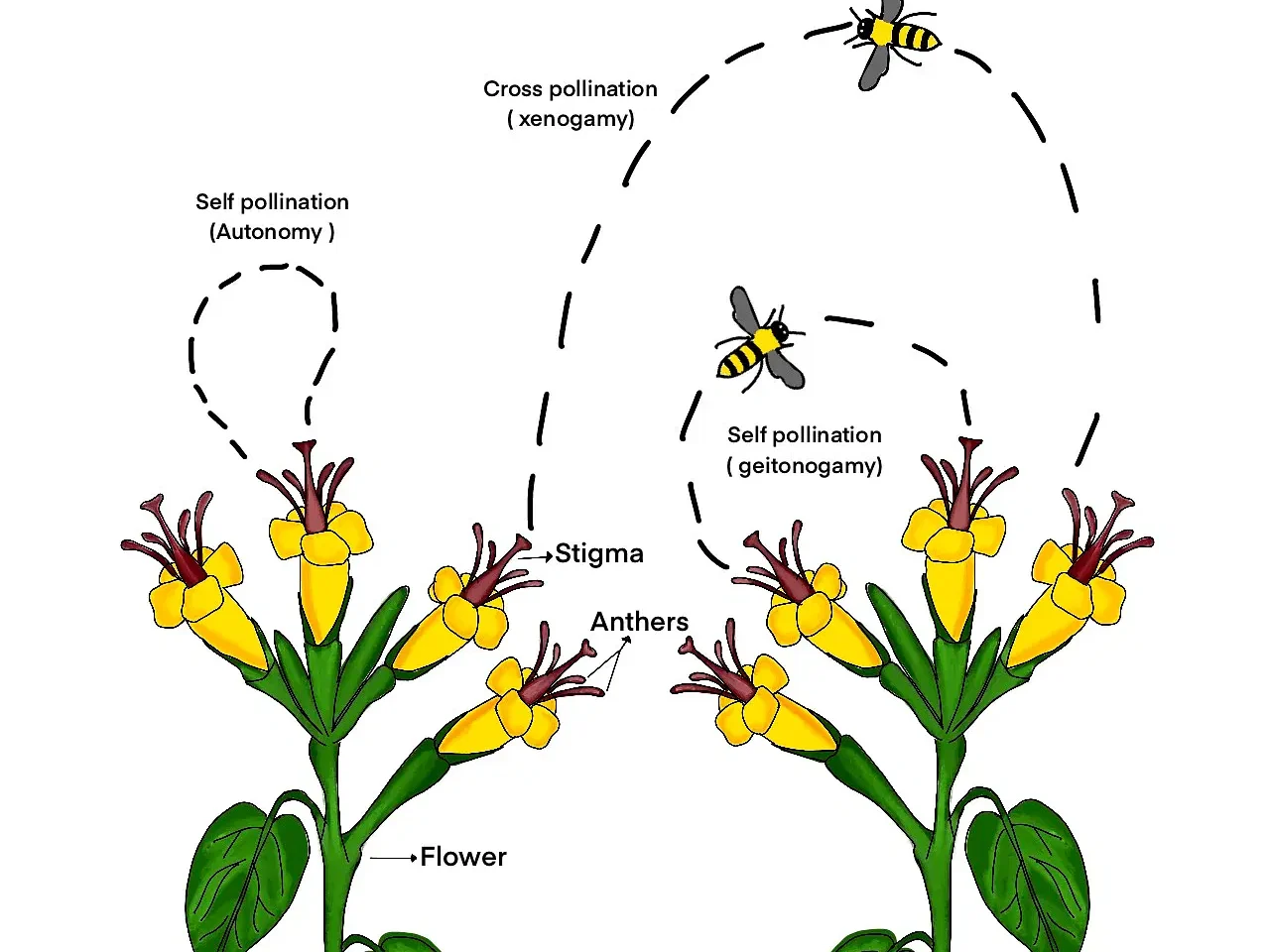Reflex Action
A reflex action is an automatic and rapid response to a stimulus that does not involve conscious thought. This quick response is crucial for protecting the body from harm and for maintaining homeostasis.
What Happens in Reflex Action?
When a reflex action occurs, the following sequence of events typically takes place:
- Stimulus Detection: A sensory receptor detects a stimulus. For example, touching a hot object activates pain receptors in the skin.
- Signal Transmission: The sensory neurons transmit the signal to the spinal cord.
- Integration Center: In the spinal cord, the signal is processed, and an immediate response is coordinated. This involves interneurons that connect sensory and motor neurons.
- Response Execution: Motor neurons carry the response signal from the spinal cord to the appropriate effector (muscle or gland).
- Effector Response: The effector carries out the response, such as withdrawing a hand from a hot object.
Types of Reflex Actions
- Simple Reflexes (Monosynaptic Reflexes):
- Description: Involves only one synapse between the sensory neuron and the motor neuron.
- Example: The knee-jerk reflex (patellar reflex) is a common example where tapping the patellar tendon causes the quadriceps muscle to contract, resulting in a leg kick.
- Complex Reflexes (Polysynaptic Reflexes):
- Description: Involves multiple synapses with the help of one or more interneurons between the sensory and motor neurons.
- Example: The withdrawal reflex (flexor reflex) involves withdrawing a limb from a painful stimulus, such as pulling your hand back when you touch something hot.
Reflex Arc
The reflex arc is the neural pathway that mediates a reflex action. It typically consists of five main components:
 >
>- Receptor: The sensory receptor detects the stimulus and initiates a nerve impulse. For example, pain receptors in the skin.
- Sensory Neuron (Afferent Neuron): Transmits the nerve impulse from the receptor to the spinal cord.
- Integration Center: Consists of one or more interneurons in the spinal cord where the sensory neuron communicates with the motor neuron. In monosynaptic reflexes, this center involves a single synapse.
- Motor Neuron (Efferent Neuron): Transmits the nerve impulse from the spinal cord to the effector.
- Effector: The muscle or gland that responds to the motor neuron’s signal by contracting or secreting a substance.
Detailed Structure of Reflex Arc
- Receptors: Sensory receptors, such as pain receptors or mechanoreceptors, detect specific stimuli. These receptors are specialized cells or nerve endings that respond to various environmental changes and convert these changes into electrical signals (nerve impulses).
- Sensory Neurons: These neurons carry the sensory information from the receptors to the spinal cord. The cell bodies of sensory neurons are located in the dorsal root ganglia outside the spinal cord.
- Integration Center: The integration center in the spinal cord processes the sensory information and generates an appropriate response. This center often involves one or more interneurons that facilitate communication between sensory and motor neurons. Interneurons play a crucial role in modulating and refining the response.
- Motor Neurons: These neurons transmit the response signal from the spinal cord to the effector organs (muscles or glands). The cell bodies of motor neurons are located in the ventral horn of the spinal cord.
- Effectors: Effectors are the muscles or glands that carry out the response. For example, in a withdrawal reflex, the effectors are the muscles that contract to pull a body part away from a harmful stimulus.
Functions of Reflex Actions
- Protection: Reflex actions protect the body from harm. For example, the withdrawal reflex prevents injury by pulling a body part away from a harmful stimulus.
- Homeostasis: Reflex actions help maintain homeostasis by regulating bodily functions. For example, the baroreceptor reflex helps regulate blood pressure.
- Posture and Balance: Reflexes like the stretch reflex help maintain posture and balance by adjusting muscle tension in response to changes in body position.
- Coordination of Movements: Reflexes contribute to the smooth execution of movements by coordinating muscle actions. For example, the crossed-extensor reflex helps maintain balance when one leg is lifted by extending the other leg.
- Avoiding Injury: Reflexes allow quick responses that prevent injuries from hazards like hot surfaces or sharp objects.
Reflex Actions Through the Spinal Cord and Brain
Spinal Reflexes
Spinal reflexes are mediated by the spinal cord without direct involvement of the brain. These reflexes are usually protective and allow for immediate responses to potentially harmful stimuli.
- Knee-Jerk Reflex (Patellar Reflex):
- Stimulus: Tapping the patellar tendon.
- Receptor: Stretch receptors in the quadriceps muscle.
- Response: Contraction of the quadriceps muscle, causing the lower leg to kick out.
- Function: Helps maintain posture by adjusting muscle tension in response to changes in leg position.
- Withdrawal Reflex (Flexor Reflex):
- Stimulus: Touching a hot object.
- Receptor: Pain receptors in the skin.
- Response: Contraction of flexor muscles to withdraw the hand from the hot object.
- Function: Protects the body from harm by removing it from a damaging stimulus.
- Crossed-Extensor Reflex:
- Stimulus: Stepping on a sharp object with one foot.
- Receptor: Pain receptors in the foot.
- Response: Withdrawal of the injured foot (flexor muscles contract) and extension of the opposite leg to support the body weight.
- Function: Helps maintain balance and prevents falling when one foot is injured.
Cranial Reflexes
Cranial reflexes involve the brain, particularly the brainstem, and are essential for various involuntary functions. These reflexes are mediated by cranial nerves.
 >
>- Pupillary Light Reflex:
- Stimulus: Bright light shining into the eye.
- Receptor: Photoreceptors in the retina.
- Response: Constriction of the pupil.
- Function: Protects the retina from excessive light and improves visual acuity.
- Blink Reflex:
- Stimulus: Sudden movement or bright light near the eyes.
- Receptor: Sensory receptors in the cornea.
- Response: Blinking of the eyelids.
- Function: Protects the eyes from foreign objects and intense light.
- Gag Reflex:
- Stimulus: Touching the back of the throat.
- Receptor: Sensory receptors in the pharynx.
- Response: Contraction of the throat muscles.
- Function: Prevents choking by expelling foreign objects from the throat.
Summary
Reflex actions are vital for the protection and efficient functioning of the body. They allow for rapid responses to stimuli without the delay of conscious thought, ensuring that the body can quickly and effectively react to changes in the environment. The reflex arc, comprising receptors, sensory neurons, integration centers, motor neurons, and effectors, forms the basis of these essential responses.
Both spinal and cranial reflexes play crucial roles in maintaining homeostasis, protecting the body from harm, and ensuring smooth and coordinated movements. Whether through simple or complex reflex pathways, the nervous system ensures that animals can react swiftly to their surroundings, enhancing their chances of survival and well-being.

